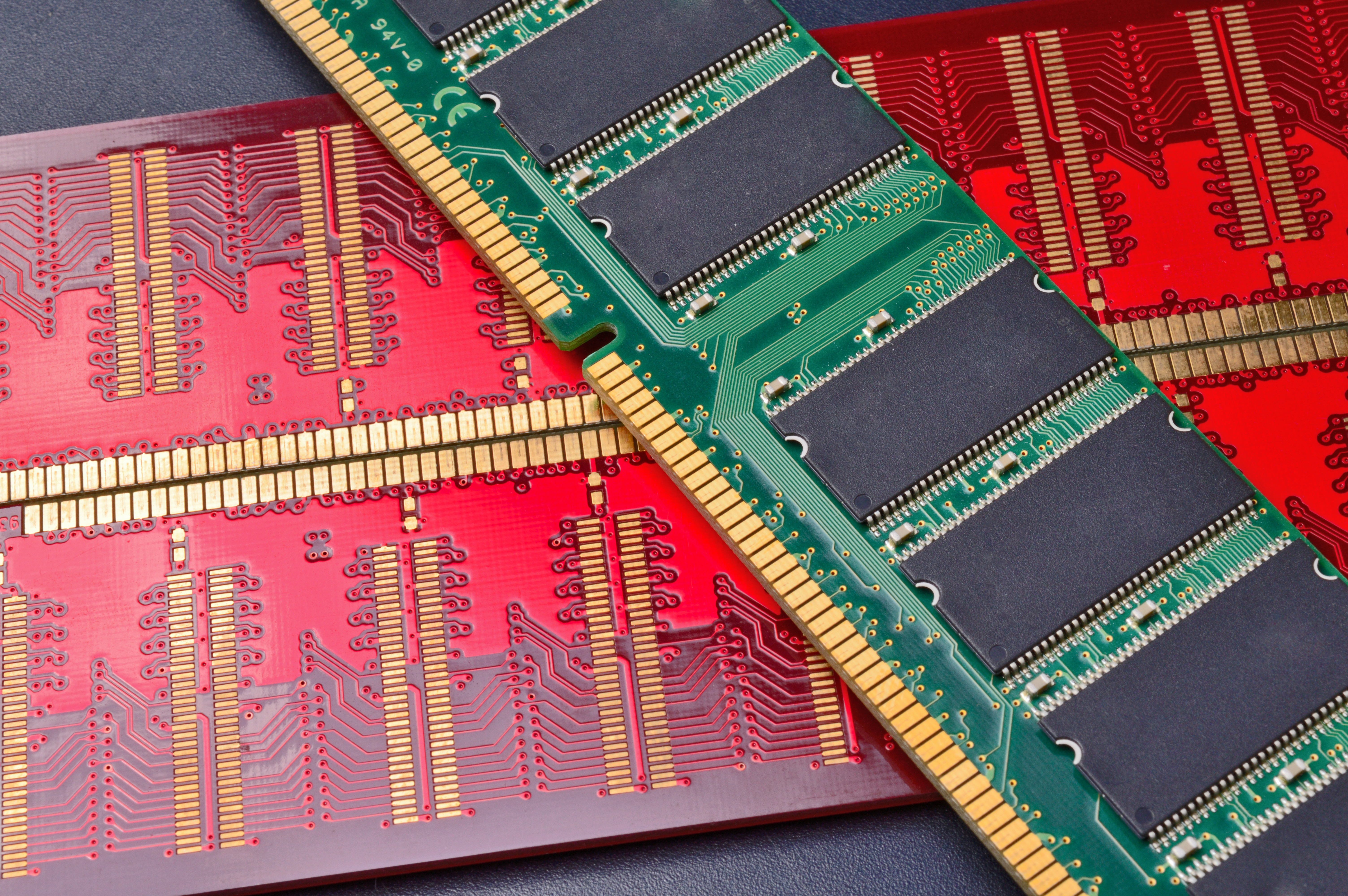We use cookies to offer you a better experience. For more information on how we use cookies you can read our Cookie and Privacy Policy.
What is RAM and Storage? What is the Difference Between the Two?

There are a number of confusing sets of terms in everyday computing, and one of those set terms include ‘RAM and Storage’. Often you’ll find people using one term when they mean to refer to the other thing that is because both memory and storage are places where your data is held. Although memory and storage both store data, they both have different functions and roles, in simplest terms RAM can be described as the brain of the machine and storage can be described as the stomach of the machine. In this blog we’ll explore the difference between storage and RAM.
RAM
RAM (Random Access Memory) is a type of memory that is used to store data temporarily while a computer is running. It is a volatile memory which means that data stored in RAM is lost when the power is turned off. RAM is used to store data that a computer is currently working on, this includes the operating system, applications, and data that the user is currently using.
RAM is also used as a buffer between CPU and storage devices, when a computer needs to access data from the hard drive, it first loads the data into RAM. This allows the computer to access the data much faster than it would if it had to read the data directly from the hard drive.
RAM is measured in gigabytes (GB) and the more RAM a computer has, the more data it can store temporarily. Most modern computers have between 4GB to 32GB of RAM.
Storage
Storage refers to the devices that are used to store data permanently. Unlike RAM, storage is non-volatile, which means that the data stored in it remains even when the power is turned off, storage is used to store all data that a computer needs to operate, including the operating system, applications, and user data.
There are two types of storage devices: hard disk drives (HDD) and solid-state drives (SSD). HHDs use spinning disks to store data magnetically, while SSDs use flash memory to store data. SSDs are faster and more reliable than HDDs, but they are also more expensive.
Storage capacity is measured in gigabytes (GB) or terabytes (TB), and modern computers can have anywhere from 128GB to several terabytes of storage. The amount of storage a computer needs depends on how much data the user needs to store.
Differences between RAM and storage:
The main difference between RAM and storage is that RAM is used to store data temporarily while a computer is running, while storage is used to store data permanently. RAM is faster than storage, but it has a smaller capacity and is volatile. Storage is slower than RAM, but it has a much larger capacity and is not volatile.
Another difference is that RAM is used to store data that a computer is currently working on, while storage is used to store all the data that a computer needs to operate. RAM is also much more expensive than storage, so computers typically have much less RAM than storage.
In summary, RAM and storage are both essential components of any computer system. RAM is used to store data temporarily while a computer is running, while storage is used to store data permanently. RAM is faster than storage, but it has a smaller capacity and is volatile. Storage is slower than RAM, but it has a much larger capacity and is non-volatile.






